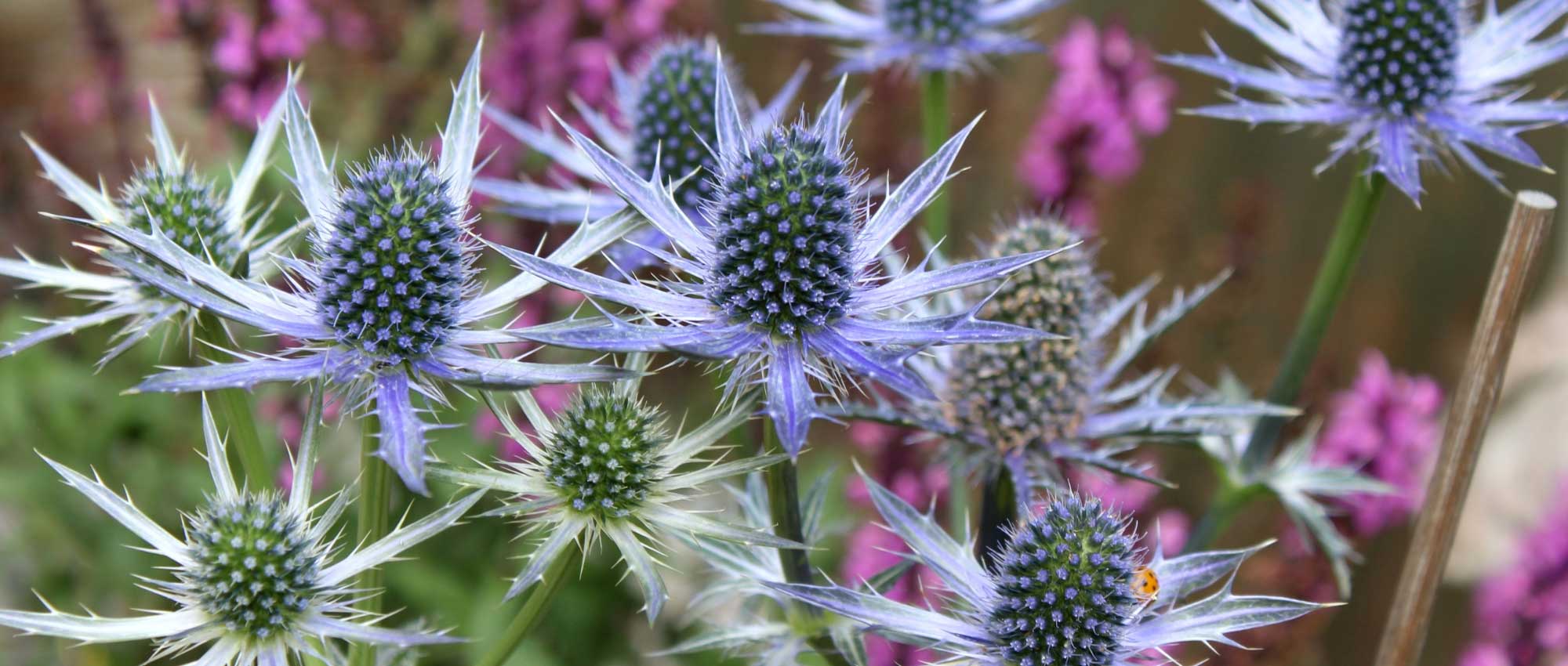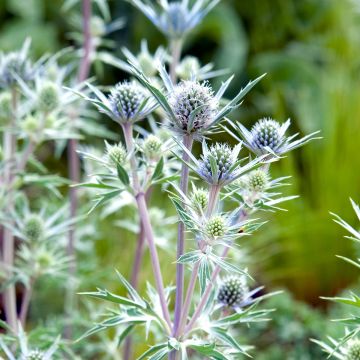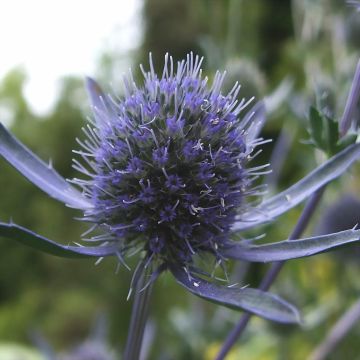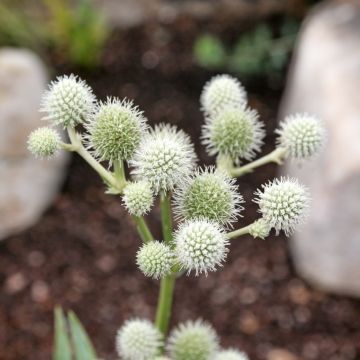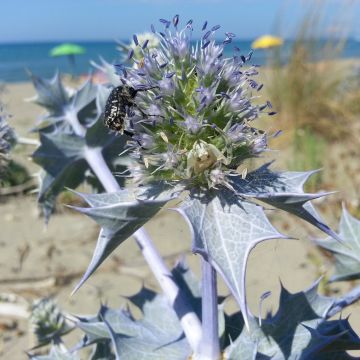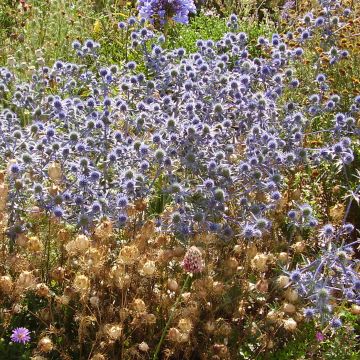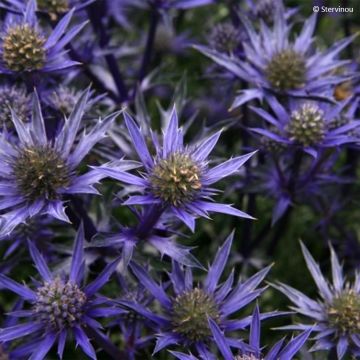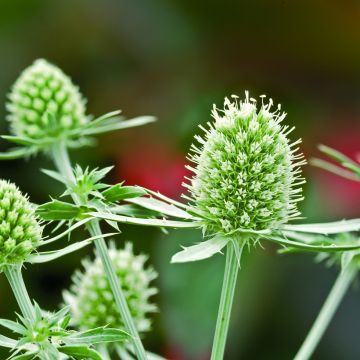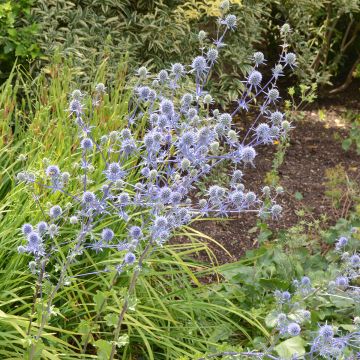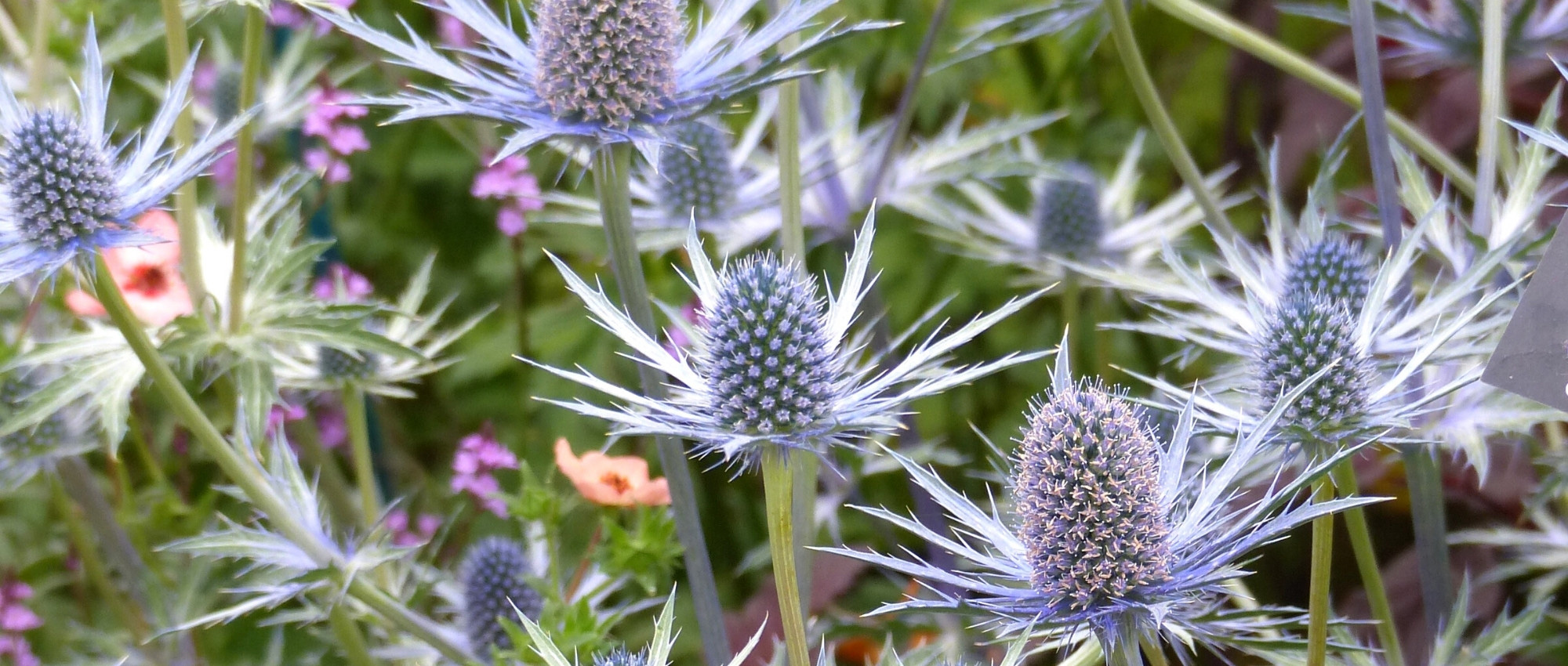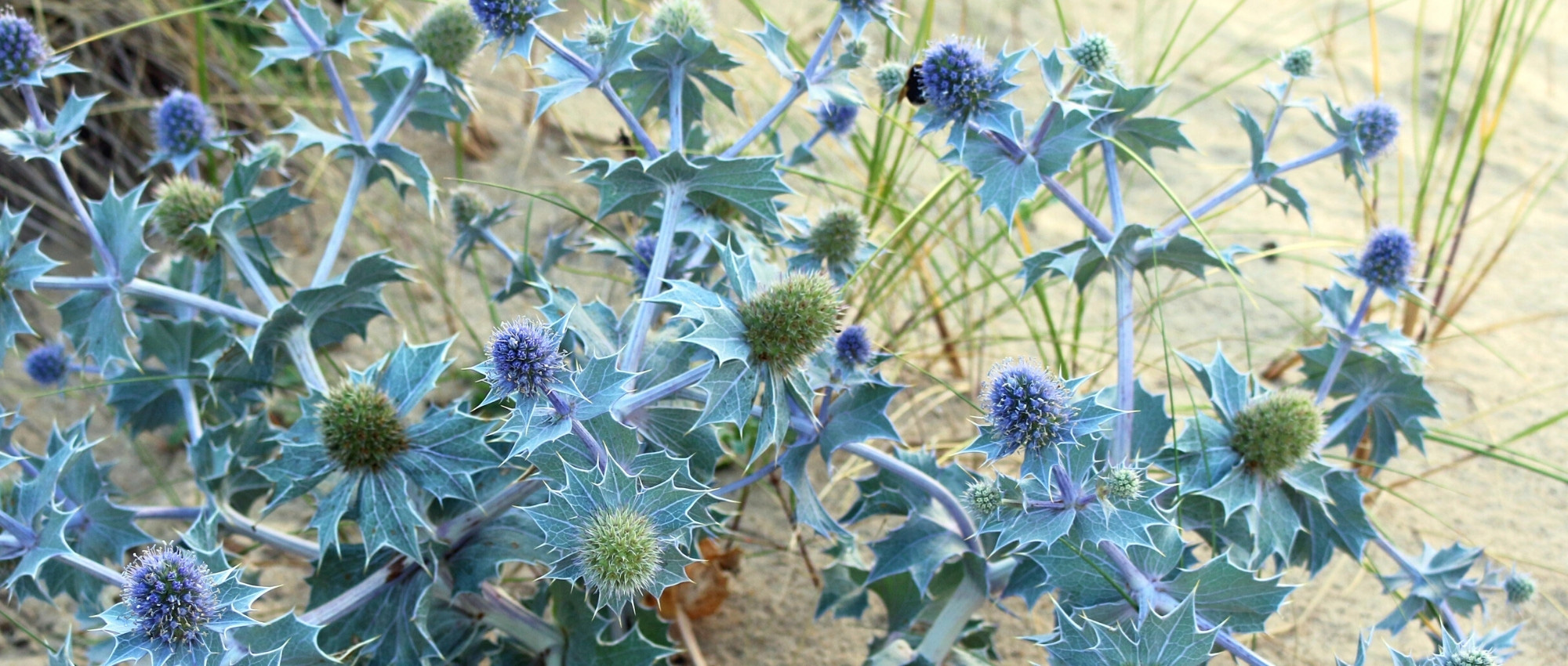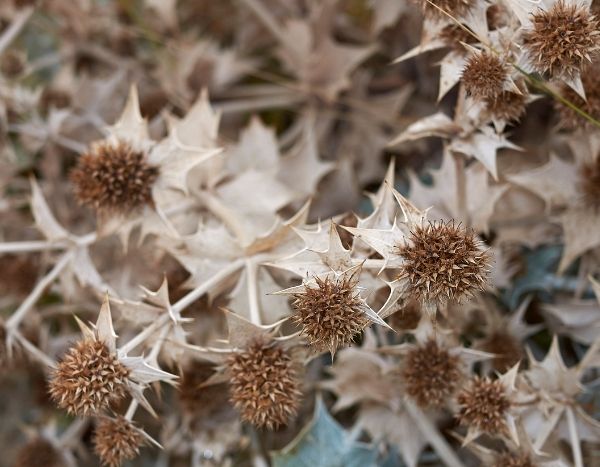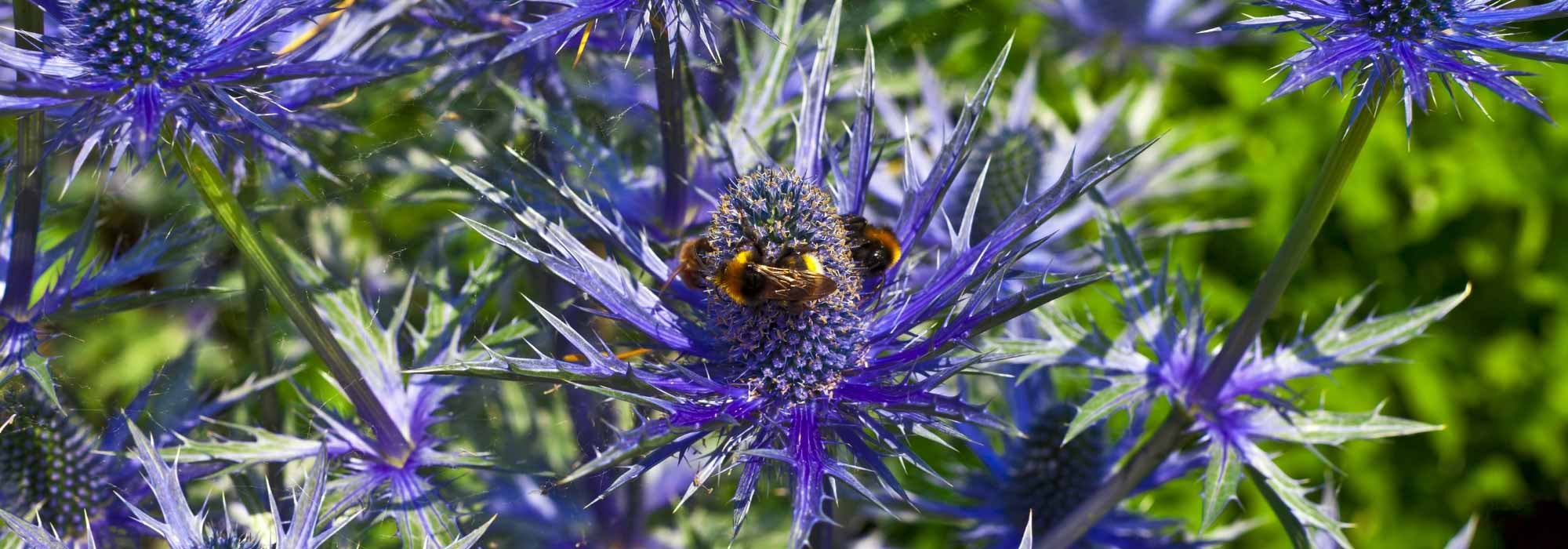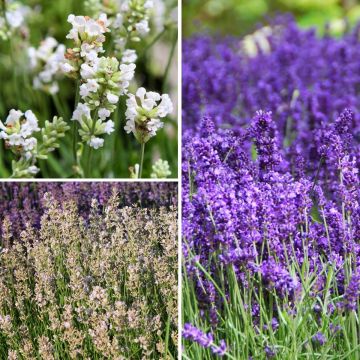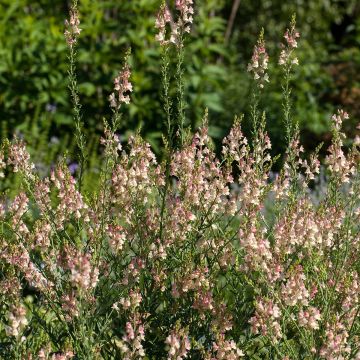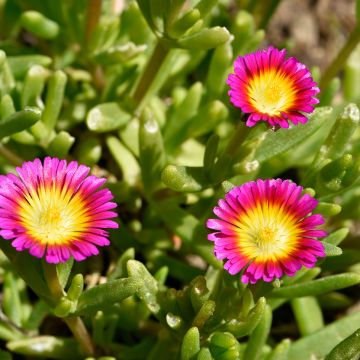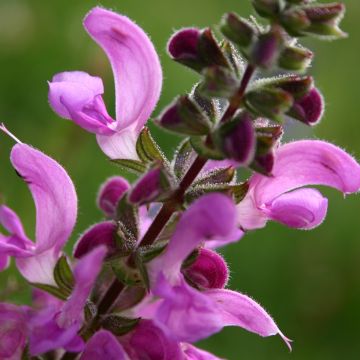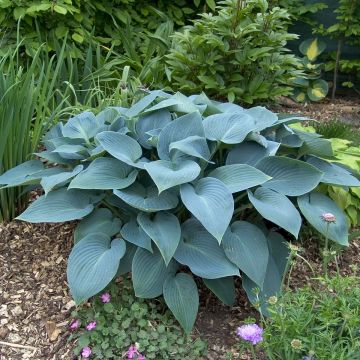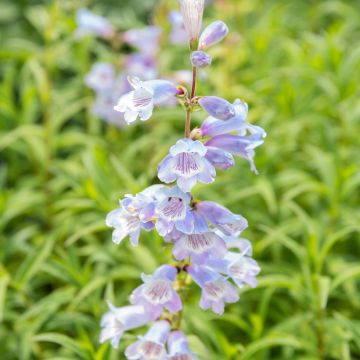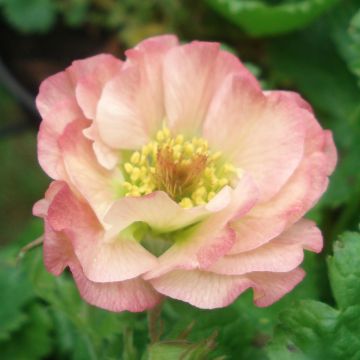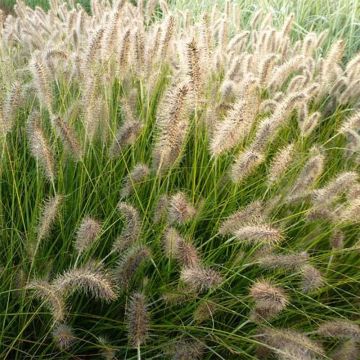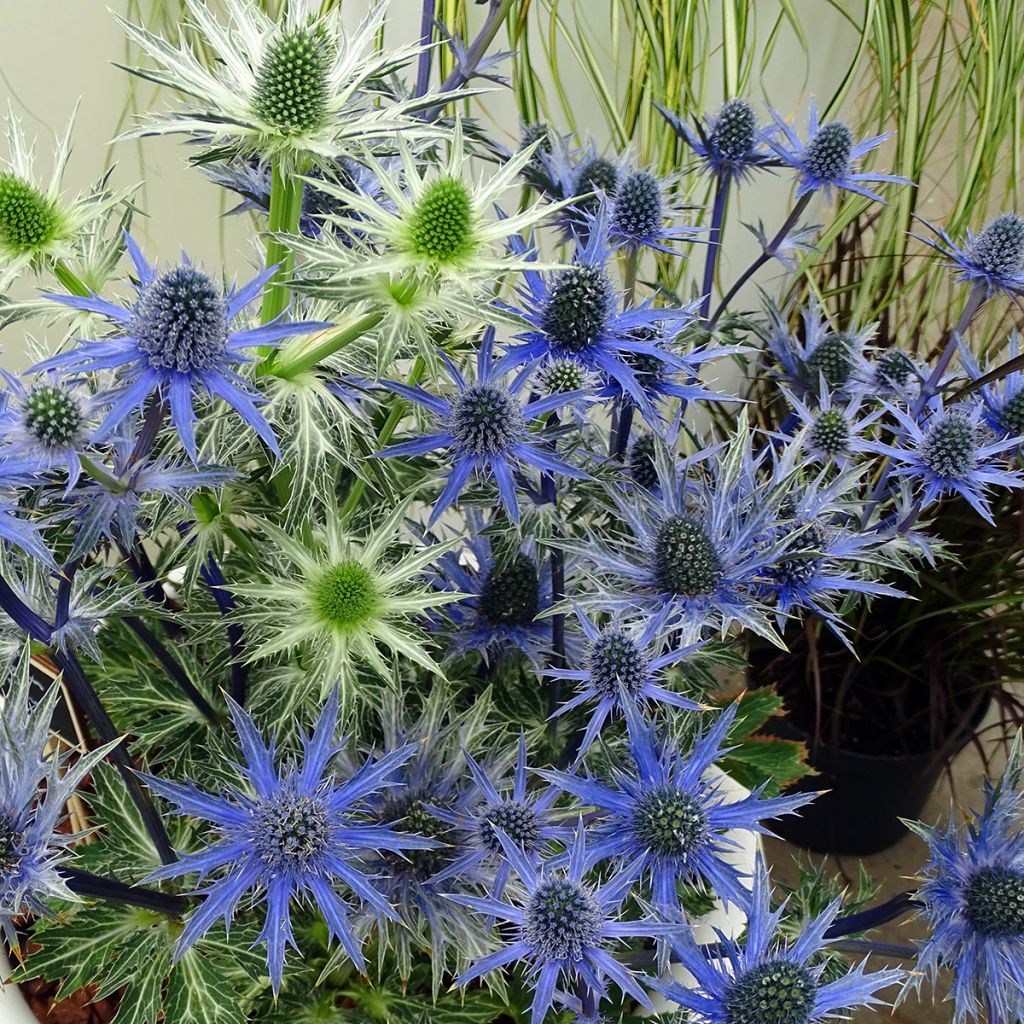

Eryngium zabelii Big Blue
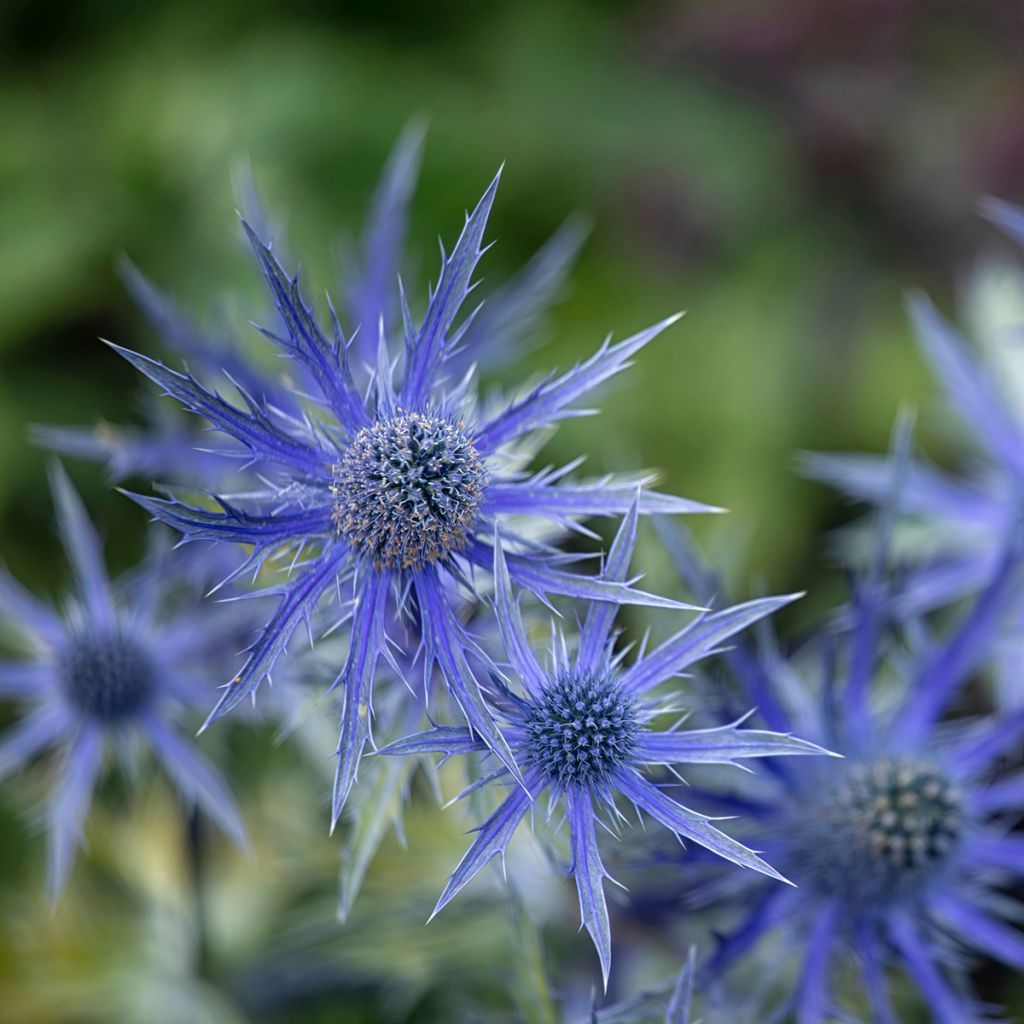

Eryngium zabelii Big Blue
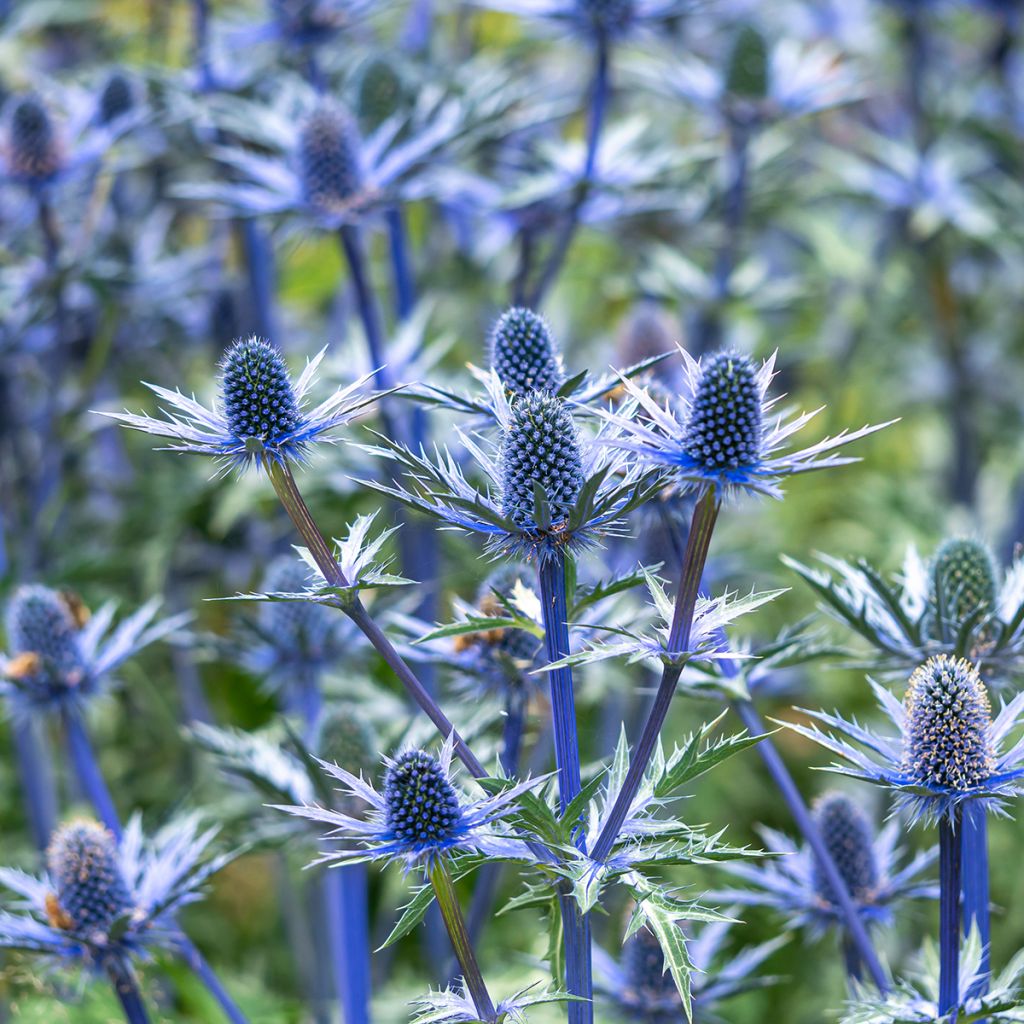

Eryngium zabelii Big Blue
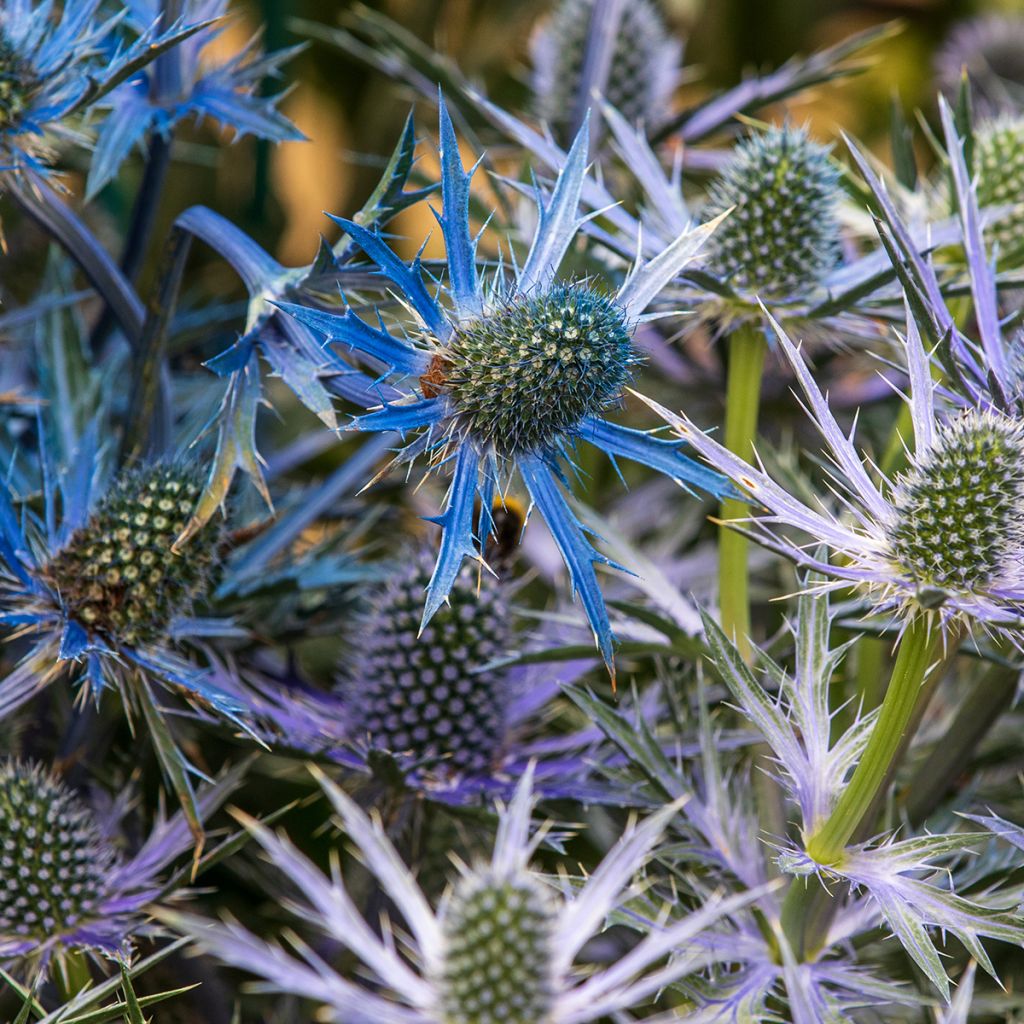

Eryngium zabelii Big Blue
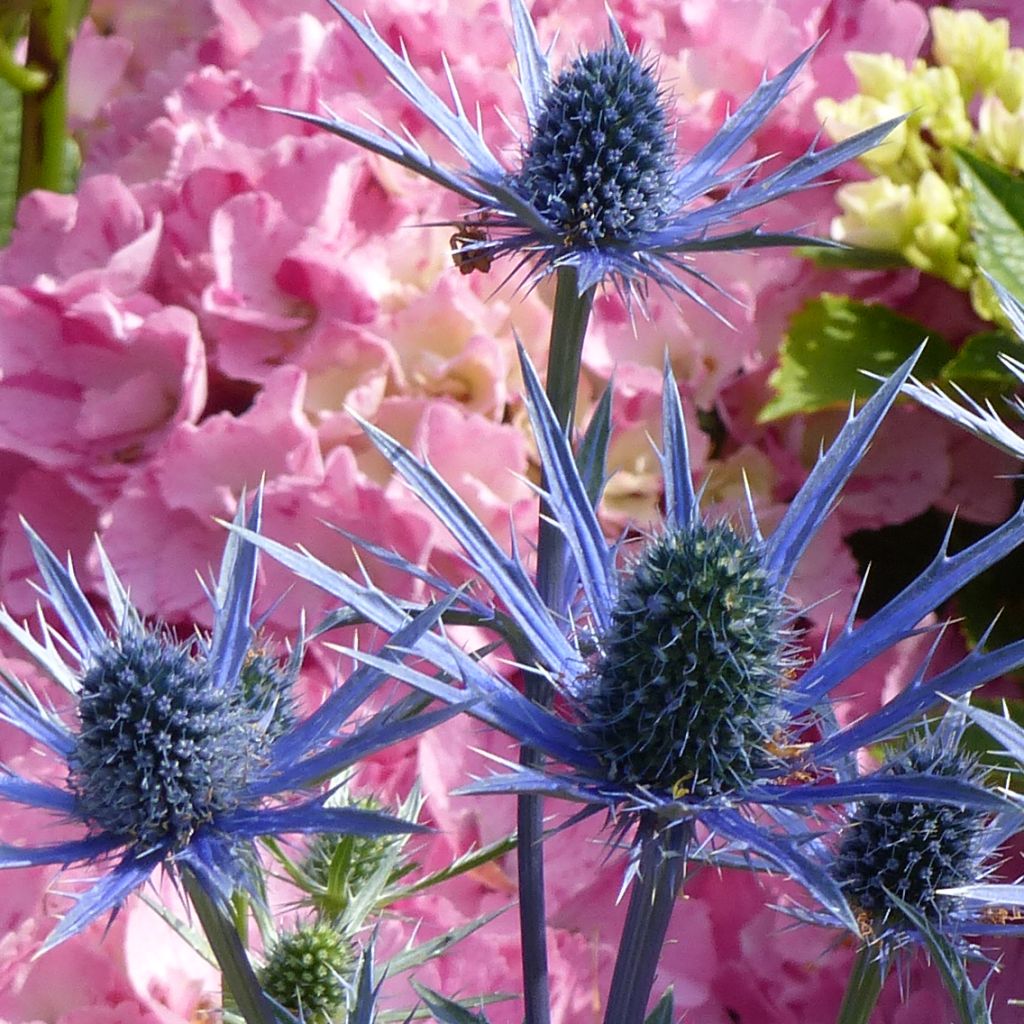

Eryngium zabelii Big Blue
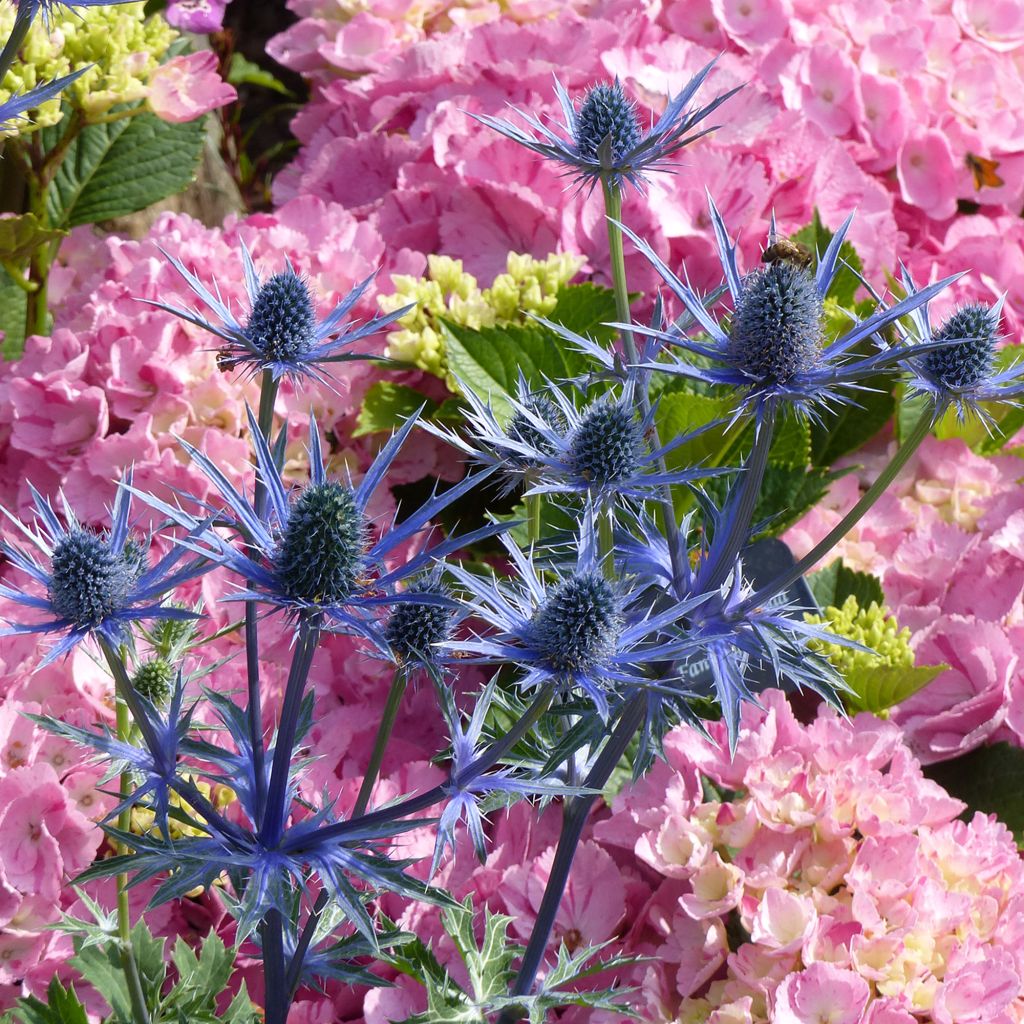

Eryngium zabelii Big Blue
Eryngium zabelii Big Blue
Eryngium zabelii Big Blue®
Sea Holly, Blue Eryngo
Special offer!
Receive a €20 voucher for any order over €90 (excluding delivery costs, credit notes, and plastic-free options)!
1- Add your favorite plants to your cart.
2- Once you have reached €90, confirm your order (you can even choose the delivery date!).
3- As soon as your order is shipped, you will receive an email containing your voucher code, valid for 3 months (90 days).
Your voucher is unique and can only be used once, for any order with a minimum value of €20, excluding delivery costs.
Can be combined with other current offers, non-divisible and non-refundable.
Home or relay delivery (depending on size and destination)
Schedule delivery date,
and select date in basket
This plant carries a 12 months recovery warranty
More information
We guarantee the quality of our plants for a full growing cycle, and will replace at our expense any plant that fails to recover under normal climatic and planting conditions.

Does this plant fit my garden?
Set up your Plantfit profile →
Description
The Eryngium x zabelii 'Big Blue' is a magnificent variety of sea holly, undoubtedly one of the most beautiful ornamental thistles. It develops sturdy silver-blue-gray stems that proudly bear conical gray-violet inflorescences crowned with finely cut spiny bracts of relentless steel blue. It is a plant with well-armored foliage, but also a focal point for perennial borders . It blooms in July, and its flowers, which remain decorative for several weeks, are as ornamental in borders as they are in fresh or dried bouquets. A thistle that thrives in the sun, in well-drained soil, even when dry in summer.
The 'Big Blue' Sea Holly is a hybrid plant, belonging to the Apiaceae family (formerly Umbelliferae), obtained by cross-breeding Eryngium alpinum and Eryngium bourgatii. This variety is considered by professionals to be one of the most decorative blue thistles. The plant, anchored on a large taproot, forms a clump of heart-shaped basal leaves, which are deciduous to semi-evergreen, spiny and leathery, deeply incised, silver-veined greenish-gray. The floral stems rise to 75 or 85 cm (30 or 34in) from the ground and the vegetation spreads over a diameter of 40 to 50 cm (16 to 20in). In July-August, the conical flower heads, borne at the top of the stems with small green leaves, are initially gray and then violet and steel blue. They measure 8 to 13 cm (3 to 5in) in height and 5 cm (2in) in diameter, and are topped with a collar of narrow blue bracts measuring 6 cm (2in) in length. The cone consists of tiny flowers that will not produce viable seeds.
The Eryngium zabelii 'Big Blue' thrives in deep, dry, well-drained soil, even poor and rocky in hot and sunny positions. This superb perennial adds an interesting texture to borders, thanks to its somewhat intesnse but original and graphic habit. Plant it in rockeries and borders in a dry garden alongside shrubby salvias, Perovskia, Pennisetums, Stipa, Gaura lindheimeri 'Snowstorm', Verbascum bombyciferum 'Polarsommer', and Salvia nemorosa 'Caradonna'. The fresh or dried flowers of Eryngium are widely used in bouquets.
Eryngium zabelii Big Blue in pictures
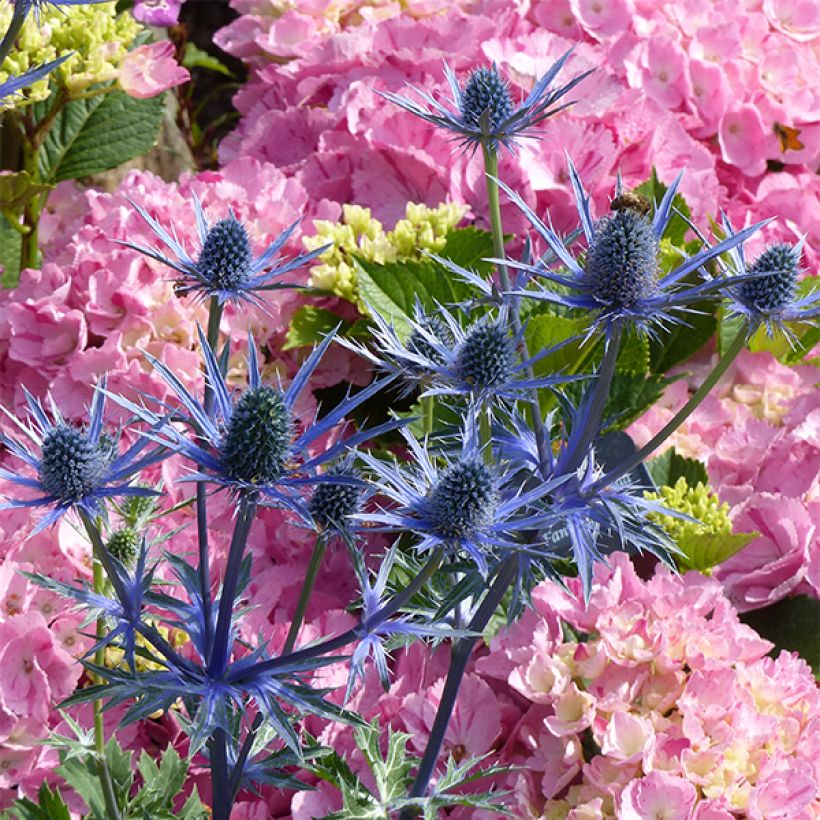

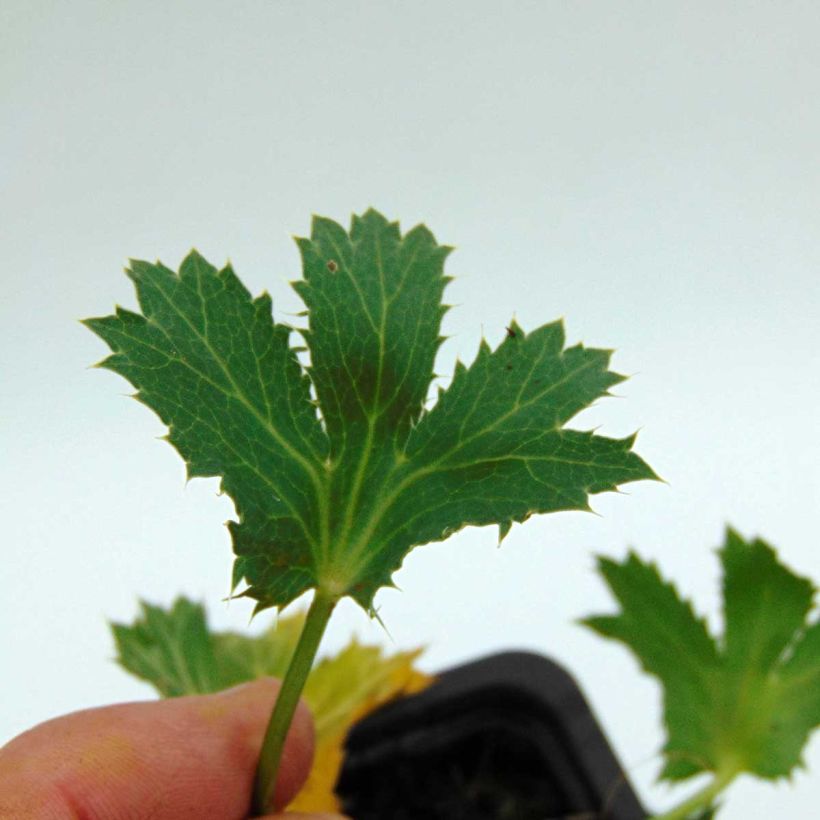

Flowering
Foliage
Plant habit
Botanical data
Eryngium
zabelii
Big Blue®
Apiaceae
Sea Holly, Blue Eryngo
Cultivar or hybrid
Other Eryngium - Eryngo
View all →Planting and care
The Eryngium zabelii 'Big Blue' should be planted from September to April in a well-draining, dry, poor and rocky soil in full sun. In heavy soil or in excessively wet regions, it will tend to collapse. Mix compost, sand and gravel into your garden soil and plant in a raised bed. Don't forget to place gravel at the bottom of the hole for good drainage. It is more susceptible to winter humidity than to cold temperatures.
Planting period
Intended location
Care
Planting & care advice
-
, onOrder confirmed
Reply from on Promesse de fleurs
Similar products
Haven't found what you were looking for?
Hardiness is the lowest winter temperature a plant can endure without suffering serious damage or even dying. However, hardiness is affected by location (a sheltered area, such as a patio), protection (winter cover) and soil type (hardiness is improved by well-drained soil).

Photo Sharing Terms & Conditions
In order to encourage gardeners to interact and share their experiences, Promesse de fleurs offers various media enabling content to be uploaded onto its Site - in particular via the ‘Photo sharing’ module.
The User agrees to refrain from:
- Posting any content that is illegal, prejudicial, insulting, racist, inciteful to hatred, revisionist, contrary to public decency, that infringes on privacy or on the privacy rights of third parties, in particular the publicity rights of persons and goods, intellectual property rights, or the right to privacy.
- Submitting content on behalf of a third party;
- Impersonate the identity of a third party and/or publish any personal information about a third party;
In general, the User undertakes to refrain from any unethical behaviour.
All Content (in particular text, comments, files, images, photos, videos, creative works, etc.), which may be subject to property or intellectual property rights, image or other private rights, shall remain the property of the User, subject to the limited rights granted by the terms of the licence granted by Promesse de fleurs as stated below. Users are at liberty to publish or not to publish such Content on the Site, notably via the ‘Photo Sharing’ facility, and accept that this Content shall be made public and freely accessible, notably on the Internet.
Users further acknowledge, undertake to have ,and guarantee that they hold all necessary rights and permissions to publish such material on the Site, in particular with regard to the legislation in force pertaining to any privacy, property, intellectual property, image, or contractual rights, or rights of any other nature. By publishing such Content on the Site, Users acknowledge accepting full liability as publishers of the Content within the meaning of the law, and grant Promesse de fleurs, free of charge, an inclusive, worldwide licence for the said Content for the entire duration of its publication, including all reproduction, representation, up/downloading, displaying, performing, transmission, and storage rights.
Users also grant permission for their name to be linked to the Content and accept that this link may not always be made available.
By engaging in posting material, Users consent to their Content becoming automatically accessible on the Internet, in particular on other sites and/or blogs and/or web pages of the Promesse de fleurs site, including in particular social pages and the Promesse de fleurs catalogue.
Users may secure the removal of entrusted content free of charge by issuing a simple request via our contact form.
The flowering period indicated on our website applies to countries and regions located in USDA zone 8 (France, the United Kingdom, Ireland, the Netherlands, etc.)
It will vary according to where you live:
- In zones 9 to 10 (Italy, Spain, Greece, etc.), flowering will occur about 2 to 4 weeks earlier.
- In zones 6 to 7 (Germany, Poland, Slovenia, and lower mountainous regions), flowering will be delayed by 2 to 3 weeks.
- In zone 5 (Central Europe, Scandinavia), blooming will be delayed by 3 to 5 weeks.
In temperate climates, pruning of spring-flowering shrubs (forsythia, spireas, etc.) should be done just after flowering.
Pruning of summer-flowering shrubs (Indian Lilac, Perovskia, etc.) can be done in winter or spring.
In cold regions as well as with frost-sensitive plants, avoid pruning too early when severe frosts may still occur.
The planting period indicated on our website applies to countries and regions located in USDA zone 8 (France, United Kingdom, Ireland, Netherlands).
It will vary according to where you live:
- In Mediterranean zones (Marseille, Madrid, Milan, etc.), autumn and winter are the best planting periods.
- In continental zones (Strasbourg, Munich, Vienna, etc.), delay planting by 2 to 3 weeks in spring and bring it forward by 2 to 4 weeks in autumn.
- In mountainous regions (the Alps, Pyrenees, Carpathians, etc.), it is best to plant in late spring (May-June) or late summer (August-September).
The harvesting period indicated on our website applies to countries and regions in USDA zone 8 (France, England, Ireland, the Netherlands).
In colder areas (Scandinavia, Poland, Austria...) fruit and vegetable harvests are likely to be delayed by 3-4 weeks.
In warmer areas (Italy, Spain, Greece, etc.), harvesting will probably take place earlier, depending on weather conditions.
The sowing periods indicated on our website apply to countries and regions within USDA Zone 8 (France, UK, Ireland, Netherlands).
In colder areas (Scandinavia, Poland, Austria...), delay any outdoor sowing by 3-4 weeks, or sow under glass.
In warmer climes (Italy, Spain, Greece, etc.), bring outdoor sowing forward by a few weeks.






























